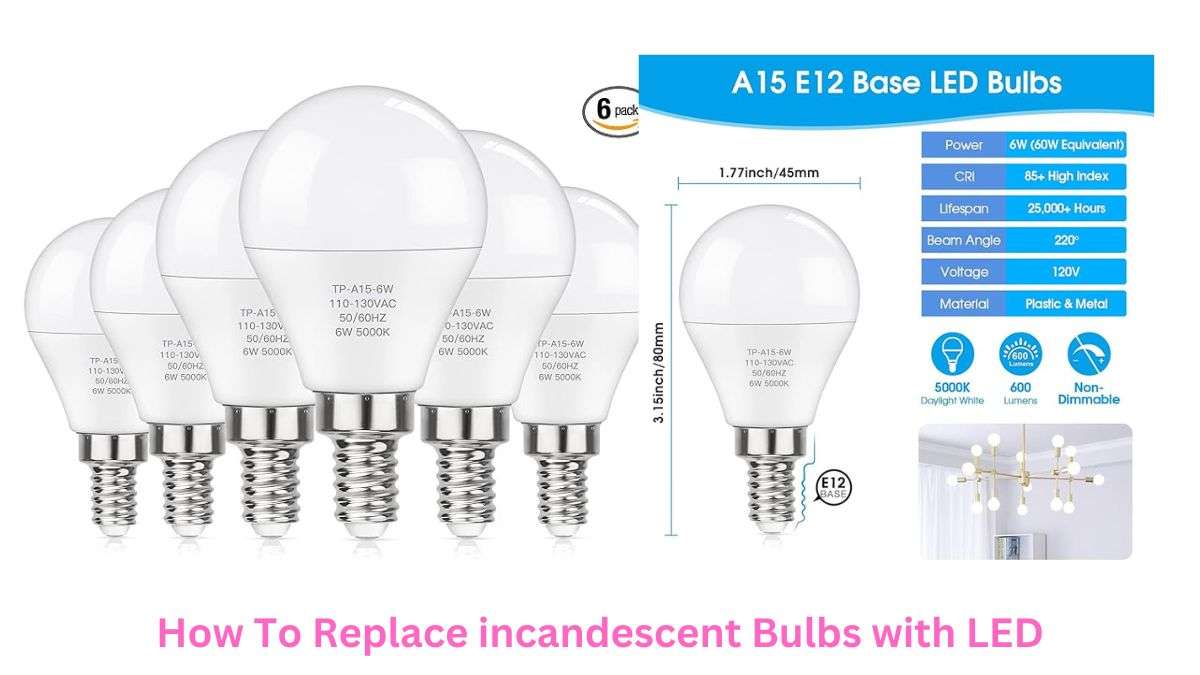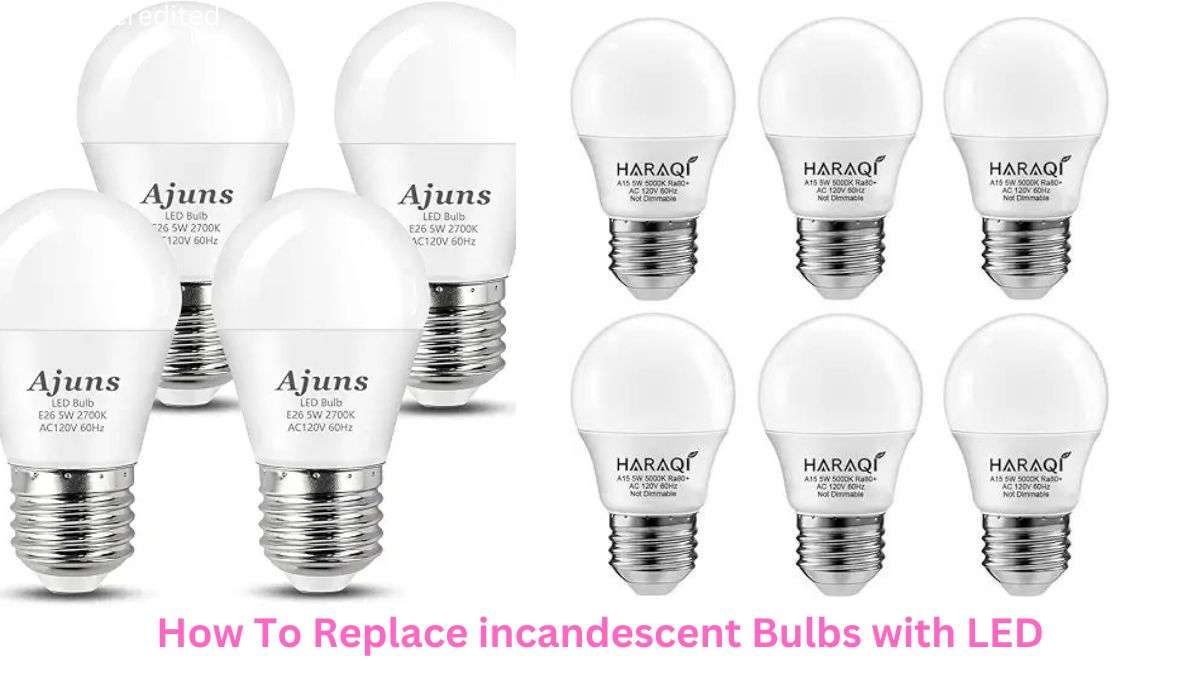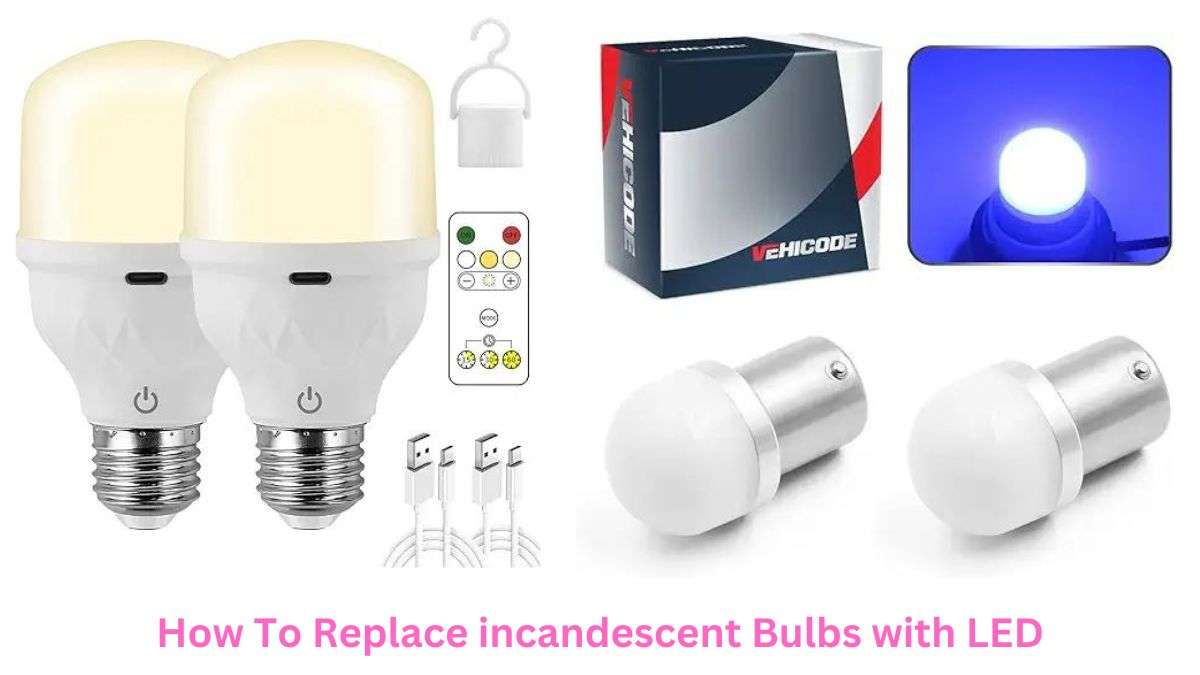Did you know that switching to LED bulbs can save the average household $225 in energy costs per year? Having helped countless homeowners make the switch to LED lighting, I’m excited to share everything you need to know about replacing those energy-hungry incandescent bulbs. Whether you’re aiming to reduce your carbon footprint or slash your electricity bills, this guide will walk you through the entire process. You’ll question why you didn’t switch sooner after you do!
Understanding LED Basics and Benefits
LED (Light Emitting Diode) bulbs are far more efficient than traditional incandescent bulbs, using about 75-80% less energy while delivering the same brightness. LEDs save waste heat by producing light using an electrical current flowing through a semiconductor, as opposed to incandescent bulbs that do so by heating a filament.
Energy Efficiency and Savings
LEDs are remarkably energy-efficient, saving homeowners a considerable amount on electricity bills over time. While incandescent bulbs burn out after roughly 1,200 hours, LEDs last over 25,000 hours, meaning fewer replacements and less hassle.
Environmental Impact
Switching to LEDs also means a reduced carbon footprint. LED bulbs consume significantly less power, which directly contributes to a lower demand on power plants, resulting in fewer greenhouse gases released into the atmosphere.
Cost Comparison
While LEDs might have a higher upfront cost, their long lifespan and energy efficiency more than make up for it in long-term savings. Investing in quality LEDs today can result in savings and convenience for years to come.
How to Choose the Right LED Bulbs
With so many options available, choosing the right LED bulb can be overwhelming. Here’s what you need to consider:
1. Lumens vs Watts
Instead of watts, look for lumens to measure brightness. While using only roughly 10 watts, an LED with 800 lumens may achieve the same brightness as a 60-watt incandescent bulb.
2. Color Temperature
LEDs offer various color temperatures, measured in Kelvin (K). For warm, cozy lighting, opt for bulbs between 2700K and 3000K. For cooler, daylight-like brightness, choose bulbs around 5000K.
3. Bulb Shapes and Bases
There are many different types and bases for LEDs. Verify that the type of bulb base is compatible with your fixture. Common types include E26 for standard lamps and GU10 for track lighting.
4. Dimmable vs Non-Dimmable
If your fixture has a dimmer switch, ensure you purchase dimmable LED bulbs, as not all LEDs work with dimmers. LED-compatible dimmers are also essential to avoid flickering.
5. Smart LED Options
Some LEDs come with smart capabilities. These smart LED bulbs allow for remote control, automation, and scheduling via apps or voice commands, offering an effortless way to manage home lighting.
How To Replace incandescent Bulbs with LED
Switching to LEDs is simple and safe with the right steps:
- Safety Precautions
Before starting, turn off the power and let the incandescent bulbs cool down. - Removing Old Incandescent Bulbs
Carefully unscrew the old bulbs. If they’re stuck, use a gentle twisting motion without forcing them. - Installing LED Bulbs
Screw in the new LED bulbs by hand. Make sure they are snug but not too tight. - Testing
Turn the power back on and test each bulb. Verify that the bulb is completely compatible with your fixture if you observe flickering. - Troubleshooting Tips
If you experience issues like flickering or dimming problems, try switching to an LED-compatible dimmer or a different bulb brand.
Room-by-Room Lighting Recommendations
Every room’s atmosphere and functionality can be enhanced with LED lighting:
- Living Room
For a homey feel, choose warm white LEDs (2700K–3000K). Use LED bulbs with a high Color Rendering Index (CRI) for vibrant colors. - Kitchen and Dining Area
Bright, natural light (4000K–5000K) is ideal for these areas, enhancing clarity for food preparation and dining. - Bedrooms and Bathrooms
In the bedroom, warmer light (2700K) works best, while the bathroom may benefit from a cooler, bright white light (3000K–4000K) for better visibility. - Outdoor Lighting
Use LED bulbs designed for outdoor use, such as weather-resistant options, for patios and driveways. LEDs with motion sensors or smart capabilities can also enhance security. - Special Fixtures
For unique fixtures like chandeliers or recessed lights, ensure the bulb shape and base type match the fixture for a proper fit.
Common Mistakes to Avoid
When switching to LEDs, be mindful of these common pitfalls:
- Mixing Bulb Types on Dimmer Circuits: Avoid mixing incandescent and LED bulbs on the same dimmer to prevent flickering and poor dimming performance.
- Compatibility Issues
Not all LEDs work with every fixture. Check for fixture compatibility and ensure the bulb’s specifications align with your setup. - Color Matching
If you’re replacing multiple bulbs, ensure they have the same color temperature to maintain consistent lighting. - Low-Quality LEDs
Invest in quality LEDs from reputable brands to avoid flickering, poor lifespan, and low light output. - Proper Disposal of Old Bulbs
Incandescent bulbs can often go in the trash, but check local guidelines. Fluorescent replacements like CFLs require special disposal due to mercury content.
Smart Home Integration
LEDs open the door to a range of smart home lighting options:
- Voice Control and App Integration
Smart LEDs can be controlled via smartphones or voice assistants, making it easy to adjust lighting without leaving your seat. - Scheduling and Automation
With scheduling features, you can automate your lighting for energy savings and convenience. Set up lighting scenes for movie nights, reading, or relaxing. - Compatibility with Popular Platforms
Smart LEDs often work with systems like Amazon Alexa, Google Home, or Apple HomeKit, allowing seamless integration into your smart home.
Conclusion
Ready to make the switch? Replacing your incandescent bulbs with LED alternatives is one of the smartest home upgrades you can make in 2024. In addition to saving money on your energy costs right away, you’ll also help create a more sustainable future. Experience the difference by starting with just one room; both the environment and your pocketbook will appreciate it!
Remember to properly dispose of your old incandescent bulbs, and keep this guide handy as you continue your LED upgrade journey. Here’s to a brighter, greener home!
Related articles:
-
Why Do LED Bulbs Burn Out? Understanding the Causes and Solutions
-
The 5 Best H11 LED Bulbs for Brighter, Safer Driving in 2024
Hi, I’m Malik Suhail—an SEO expert, web designer, and passionate blogger with 2 years of experience. I specialize in crafting content that is not only informative but also tailored to meet the needs of my readers.
I write about diverse topics, always striving to simplify complex ideas and provide valuable insights that resonate with my audience. Whether it’s about SEO strategies, web design trends, or blogging tips, I am committed to delivering well-researched, practical, and easy-to-understand information.
My mission is to help readers navigate the digital world with confidence and clarity. I believe in adding value through authentic content that inspires action and delivers results.


